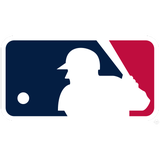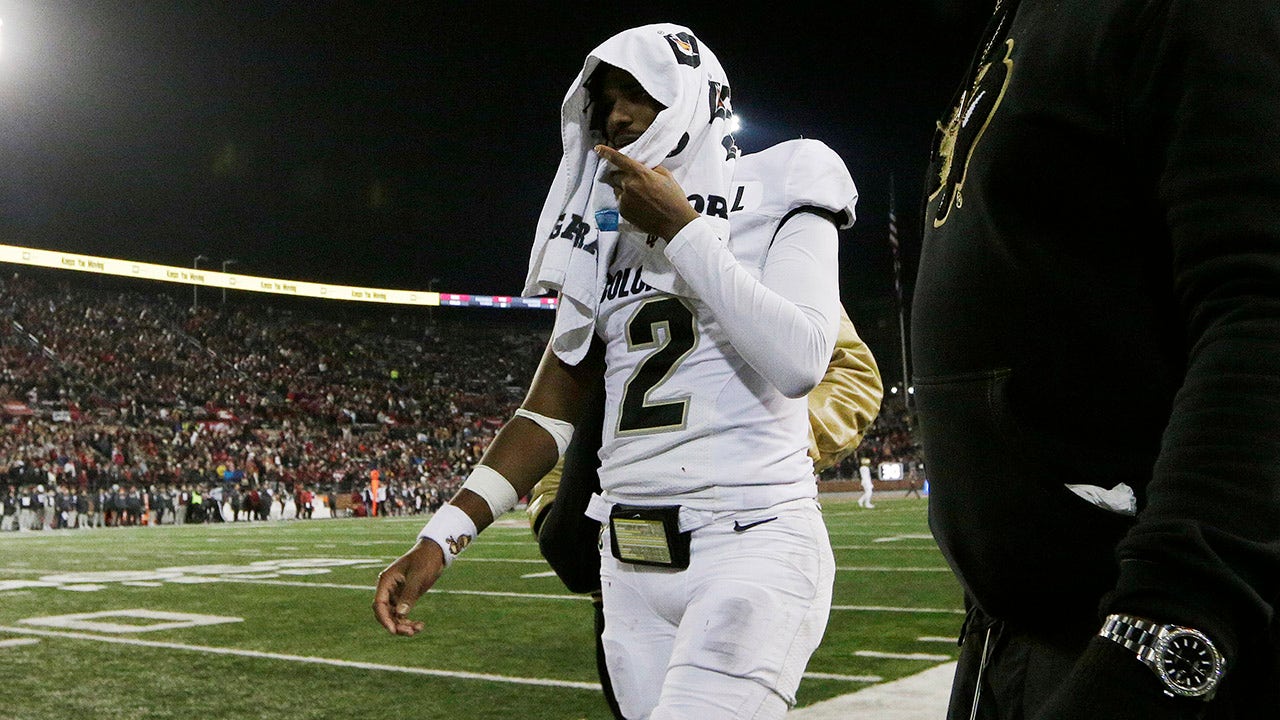Cal Raleigh is a switch-hitting catcher for the Mariners, and one who hits for power. On Wednesday, he launched the 99th and 100th home runs of his career, and then on Thursday night, hit another for good measure. That’s all normal stuff for "Big Dumper," as he’s been so affectionately nicknamed, but what’s new is his choice of bat.
Raleigh is a recent convert to torpedo bats, which he picked up just a week ago for the start of a Mariners-Rangers series. That week has gone pretty well, but there is also something important to note here: Raleigh is only using a torpedo bat when hitting from the left side of the plate. Which, granted, is more often than he bats from the right side since there are far more right-handed pitchers in the league than there are lefties, but it’s still not something he’s doing for every plate appearance. Enough for five of the six home runs he's hit since last Friday to be from the left side with a torpedo bat in hand, though.
The reason for that, as Raleigh explained on The Cal Raleigh Show, which broadcasts on the Seattle Sports radio network, is due to how he prefers the weight distribution of his bats depending on which side of the plate he’s hitting on. From the left, the torpedo bat’s thicker barrel works for him, given the nature of his swing. From the right, though, Raleigh’s swing is "flatter," so he would rather have more weight at the end of the bat instead of centered on the barrel.
While Raleigh feels that the torpedo bat is as natural in his hands as what he was using previously, there are differences. The barrel, of course, but what has gotten less attention is the kind of wood used to produce these bats in their notable shape. "There’s regulations on maple bats because of the way they break and the low density, so it’s a safety thing for when you break them," Raleigh explained on the show. "You don’t want pitchers [to] get hit or a position player because [maple bats] break so easy when they’re shaped a certain way and the barrel is too big. So they keep the maples a little smaller, whereas ash or birch, you get to make the barrel a lot bigger because the density and it’s not going to break like a maple would."
[MORE: Torpedo bats are ‘absolutely good’ for baseball, says MLB commissioner]
Maple bats were not always the ubiquitous choice among major-league players, as their rise owes much to the success of players like Barry Bonds during the late-90s and early-2000s. Torpedo bats might not end up being for everyone — again, even Raleigh, who seems to be a fan of them so far, doesn’t have a good reason to switch to torpedoes from both sides of the plate — but if they get popular enough, it could also remove a little bit of maple’s prominence as the go-to wood for MLB bats.
What it will take for that to happen, though, is for players to like Raleigh to continue to find success with the bats, and to be able to understand why that success is happening. MLB players are both open to changes that can improve their performance, but also loathe to switch up what’s working, for understandable reasons. Someone like Raleigh who already hits for power – he went deep 34 times in 2024, his second season of at least 30 homers in three full years in the bigs – coming in and seeing more success after switching up his bat type is the kind of thing that will turn heads among players who think they’re already in a good place, however.
Want great stories delivered right to your inbox? Create or log in to your FOX Sports account, and follow leagues, teams and players to receive a personalized newsletter daily!

Get more from Major League Baseball Follow your favorites to get information about games, news and more

 1 week ago
15
1 week ago
15








 English (US) ·
English (US) ·